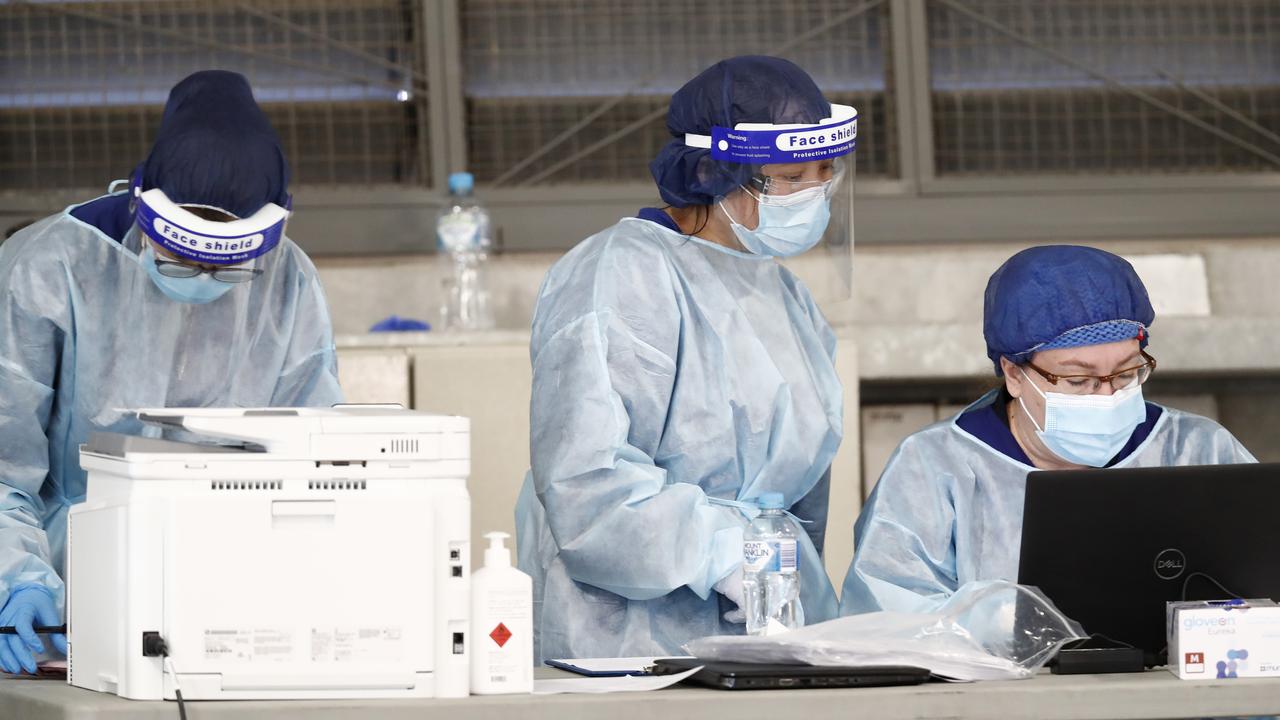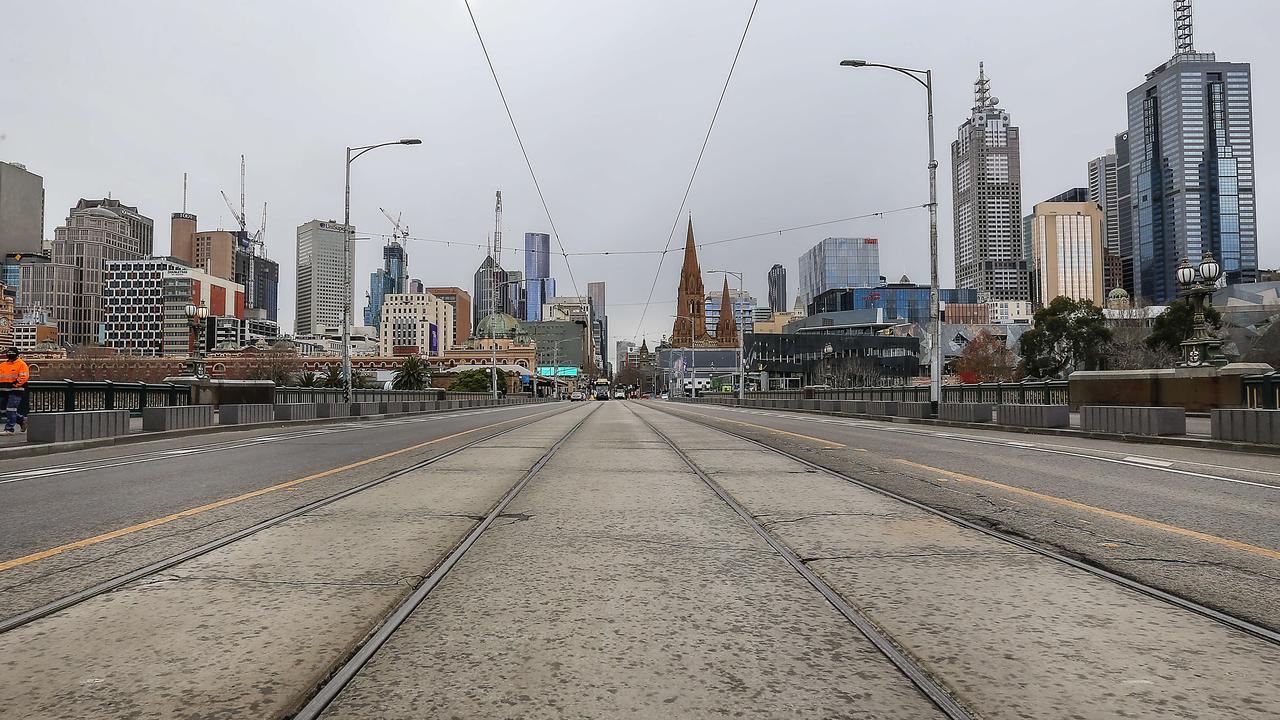Editorial: Liberals have a tough fight in the election which will shape Australia
Scott Morrison and Bill Shorten passionately agree on probably just one thing — tomorrow’s election is a clear choice between vastly different policy agendas which will shape Australia over coming years.
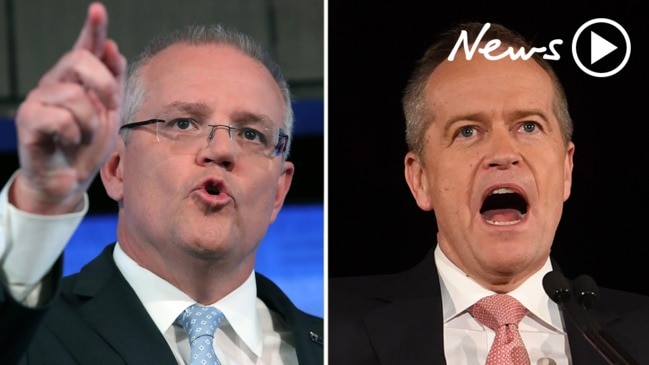
Opinion
Don't miss out on the headlines from Opinion. Followed categories will be added to My News.
Scott Morrison and Bill Shorten passionately agree on probably just one thing — tomorrow’s election is a clear choice between vastly different policy agendas which will shape Australia over coming years.
The choice voters make tomorrow, and in the huge swath of pre-poll and postal ballots cast in past weeks, will define a collective notion of where our nation needs to head.
It is an election balancing social equity and wealth redistribution with the value of aspiration and enterprise, and whether Australians want a government taxing higher to spend more, or taxing less and spending with a degree of moderation to avoid generational debt.
This election will dictate the nation’s future budgetary position as global trade clouds darken, potentially have a major impact on housing prices in a cooling market, mark our approach to tackling climate change and pose a contrasting influence on job creation, wages and business investment.
This election will decide whether the saving plans of thousands of self-funded retirees are scuttled, will have ramifications for immigration and on perceptions of border security, decide whether more or less PAYG workers are finally rewarded with income-tax breaks, and set down plans to tackle energy prices.
For the first time since 1993 when the Paul Keating-led Labor Party wrested four extra seats in this state, Victoria has become the national focal point as the major parties look to secure key marginals and shore up support through a range of infrastructure spending — from the Coalition’s fast-rail to Geelong, Melbourne airport rail line and funding the congestion-busting East West Link to Labor’s federal and state joint plans for the North East Link and a giant suburban rail loop.
Victoria is the Coalition’s Achilles heel, with Newspoll this week finding it that has the biggest lag behind Labor at 54 to 46 per cent (compared to the national result of 51 to 49 in today’s Herald Sun poll).
Herald Sun polling of three key seats — Higgins, La Trobe and Deakin — suggest the Liberals have a tough fight on their hands to hold all three. The YouGov Galaxy Poll results show swings against the government of 5.4 per cent in both Higgins and Deakin and 3.2 per cent in La Trobe. Of these, La Trobe is the most marginal but will require a swing in excess of the 3.2 so far surveyed if Labor is to claim it.
Primary support for the Liberals is currently 43 per cent, just below the vote achieved in 2016, while Labor has increased its primary from 32.1 at the last election to 39 per cent.
The Morrison Coalition has staked its re-election bid on wide-scale tax cuts (reaching out to 94 per cent of all workers paying no more than 30 per cent by 2024), strong business support to continue historic levels of job creation, and a reputation for fiscal responsibility.
Mr Shorten’s Labor plans to significantly outspend the Coalition, to dump tax concessions for a major slice of aspirational Australia — negative gearing, capital gains and franking credits, with a crackdown on family trusts, together clawing back $113 billion over a decade — inject more funds into health and education, and map out a dramatic plan for wealth redistribution.
As the election campaign rolled on, voters were deluged with big-ticket promises, spin and attack advertisements.
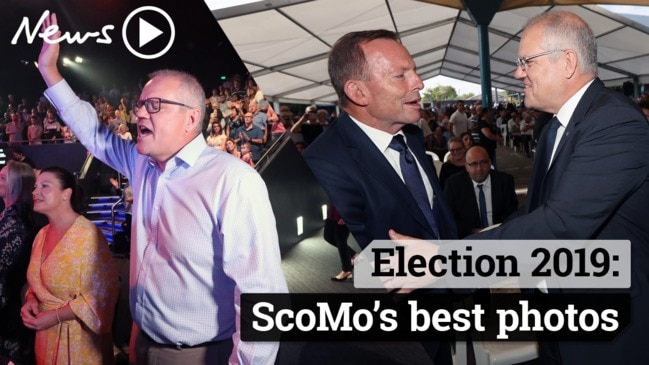
“It’s time to end the chaos and cuts from the Liberals,” Labor declared, as it lambasted the Coalition for last year’s leadership turmoil and chastised conservatives for failing to roll out a comprehensive climate-change package.
“The Bill Australia can’t afford” was the Coalition’s response, warning the electorate of Labor’s history of deficits, the dangers of a massive Budget blowout, risking a decade of debt, its attacks on private investment, employers and on Australia’s aspirational heart.
At least 17 “too close to call” electorates, including seven in Victoria (with five at less than 5 per cent margins), will help dictate which party forms government, with the Coalition currently holding 15 of those in-play seats.
But a big risk for both major parties, and for all Australians, could be the make-up of an unwieldy Senate and a minority government unable to apply a mandate.
Minors and independents have been claiming to represent a legislative stopgap against the Coalition and Labor. If the protest vote registers strongly, spending and savings initiatives of both mainstream parties could be held hostage to fringe politics, horsetrading and delay.
“A future for all of us” is the Greens’ catchcry, with a campaign heavy on environmental initiatives and 100 per cent renewables by 2030. But the Greens also seek to unwind refugee policy, are aggressively anti-corporate (which is a massive employer and crucial for foreign investment) and want to nationalise electricity, banking and internet sectors.
The Greens, who have registered a 5 per cent swing in some seat polls, present an extreme agenda which would cost Australia, both economically and socially, from radical anti-business job-reduction policies, a plan to “break up the banks”, to massively increase the public sector, to phase out coal generation and exports and the decriminalisation through harm minimisation of illicit drugs.
A vote for the Greens — whether in Higgins or Kooyong — is a vote for economic and social chaos.
The United Australia Party, with its Trump-like “make Australia great” slogan, and One Nation have also sought to secure Senate and House of Representative seats.
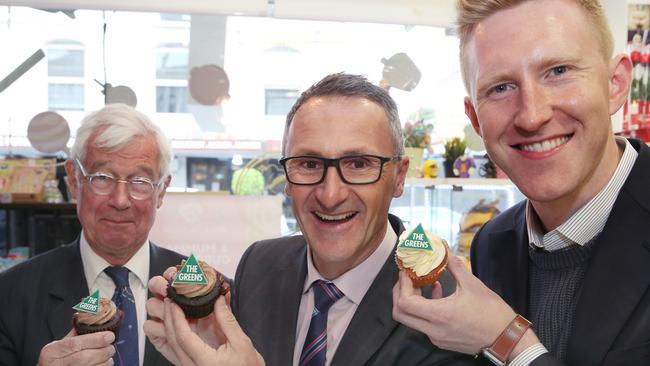
Given Clive Palmer’s $53 million advertising splurge, and the controversies which beset Pauline Hanson’s party early in the campaign, their respective results will be closely watched and could threaten a workable Senate.
Over 33 days on the hustings, Labor has rolled out a $60 billion-plus spend-a-thon. A range of those initiatives will have wide appeal, from the $2.3 billion package to slash costs faced by cancer patients and add to research, to the government wage supplements to better reward childcare workers.
But beyond the focus on additional education and health funding touted by Labor, the greater concern is its philosophical motivations. These claim to be Robin Hood-like, but in effect will unnecessarily punish employers, dilute investment and business confidence and eventually remove opportunity from those its policies purport to help.
Heavily backed by the union movement and its Change the Rules campaign, Mr Shorten’s pledge to return penalty rates to low-paid workers in hospitality, retail and services will garner votes — but would return those industries to the pressures and stagnation they once faced due to high overheads, slim margins and job cutbacks.
Labor’s promise to reset the ambit of the Fair Work Commission, to ask it to immediately lift award rates for 2.3 million people, introduce a “living wage”, attack casualisation trends in the workforce and potentially lift the Newstart allowance will also have a chilling effect on job creation and, as a result, market-driven wages growth and economic activity.
Mr Shorten deserves credit for identifying problems which are afflicting modern Australia: working people are suffering low wage growth and young people find it too difficult to get on the property ladder. The objection is not to the diagnosis but whether the treatment he proposes will actually cure the ailment. So many of his solutions simply involve throwing money at the problem that one has to question how much real thought has gone into his proposals.
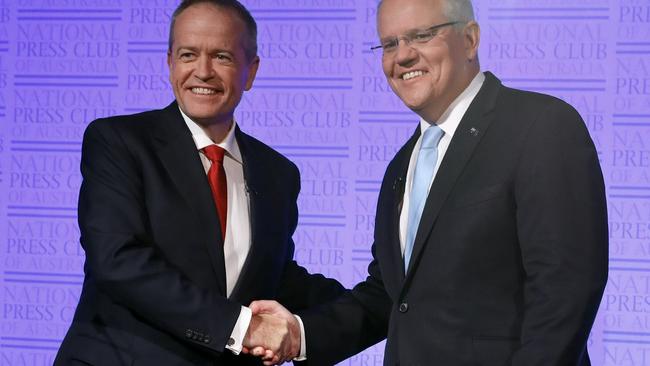
While much of Mr Shorten’s agenda smacks of a socialist-like wealth redistribution ideology, rolled in with more than a dash of divisive class envy, he cannot be accused of adopting a small-target strategy to coast into The Lodge.
He has set out a blueprint for Labor and argued for it strongly.
Indeed, as a prospective Victorian PM, there would be strong co-operative benefits in working closely with the Andrews Government.
The 2019 federal election sees Coalition and Labor platforms diverge to an extent not seen in decades, mirroring policy on few issues. The Coalition plan to underwrite first-home buyers to allow them to enter the market with a 5 per cent deposit was quickly adopted by Labor. Low- and middle- income tax relief offered by the Coalition and Labor — $48,000 to $125,000 — is also in close step, but Labor has refused to support the Liberal-Nationals’ wider scope.
Infrastructure spending varies mostly in project priority, but both parties support a building agenda across Victoria and greater Melbourne aimed at addressing runaway population growth. They have learnt from the Andrews Government’s victory in November that big-vision transport wins votes.
On climate change, Labor and the Coalition differ widely — with Mr Shorten committing to cutting Australia’s carbon output by 45 per cent on 2005 levels by 2030 and net zero pollution by 2050, including having 50 per cent renewable energy in the network by 2030 and a national electric vehicle target of 50 per cent new-car sales by 2030.
The cavernous unknown in Labor’s aggressive settings is cost, with dire warnings it could slash $264 billion in economic output and scrap 167,000 jobs. Mr Shorten argues irresponsibly that the policy is unable to be priced because individual companies will make varying reduction decisions and that, regardless, doing nothing costs even more for the planet.
The Coalition’s key emissions- reduction policy is a $3.5 billion package over 15 years on energy-efficient farming and industry, with $1.38 billion for the Snowy Hydro expansion and meeting Paris target reductions of 26 per cent (based on 2005 levels) by 2030.

Tackling climate change will fall as a vote winner or loser this election, yet managed population growth and a better focus on decentralisation — often top priorities for voters — are largely avoided, save for Labor’s blatant visas-for-votes grab.
Labor has promised unlimited parental visas for offshore migrant families which the Australian Population Research Institute estimated would allow up to 200,000 elderly parents from China, the Indian subcontinent and Middle Eastern countries to join their adult children in Australia by 2022-23.
The Coalition has paid heavily, and deservedly, for the revolving door of leadership in Canberra — from Abbott to Turnbull to Morrison — and the anger is still felt.
Labor, of course, can’t pretend it also didn’t self-combust through the Rudd-Gillard-Rudd years.
Indeed, since the last full-term prime ministership of John Howard in 2007, the average tenure for a PM has been a shocking 22 months.
This year, the Coalition has tidied house and managed a conservatives-moderates ceasefire, while Mr Shorten has led a disciplined and united team. But the election, separate to party platforms, will also come down to trust in leadership.
Mr Morrison was appointed Liberal leader in August and is beginning to gain traction with Australians.
Mr Shorten has been Opposition Leader for six years and has seen off four prime ministers — two Labor and two Liberal.
Labor has been hot favourite to win this election after 55 consecutive Newspolls pointed to victory, but Mr Shorten has remained unpopular in the preferred-PM stakes, with 51 per cent dissatisfied with him this week.

Perhaps lower personal ranking is historically experienced by the challenger, but there are elements of Mr Shorten’s delivery which seem to rankle and raise question.
He has fronted few media opportunities without deploying Labor’s “top end of town” rhetoric.
While Labor’s class-warfare politics has garnered support from unions and some voters, it is negative and unnecessary.
Analysis estimates Labor’s harvesting of higher-bracket incomes and investment taxes, shareholders and property investors will send $32 billion more into government coffers than under the Coalition over the next four years.
MORE: 10 SEATS THAT WILL DETERMINE OUR FUTURE
'I DON'T WANT TO LET HAWKE DOWN': SHORTEN
Labor’s intention to scrap $285 billion in tax cuts will generate $13.6 billion extra revenue by 2022, but changes will mean workers earning more than $90,000 a year will have effective average tax rates 5 per cent higher under Labor.
Australia must use its national wealth to help those who need it, but we must also see rewards for those willing to work, save and invest and to plan for retirement as the population ages. These are the ingredients for growing an economy where dividends can be shared.
Labor has run loudly on its “fair go” campaign but its radical redistribution of wealth is largely unfair and contradicts Australia’s “have a go” aspirational spirit.
The Morrison Government has much to do to repair the disunity of its recent past, to work cooperatively with the states on infrastructure and to set clear policies where it has stumbled, on energy prices and climate change. But it has earnt its stripes in record jobs creation and budget repair.
The Herald Sun advocates for a vote for the Coalition. Mr Morrison and his team deserve another term.

